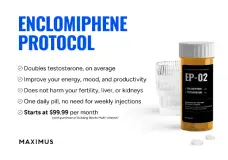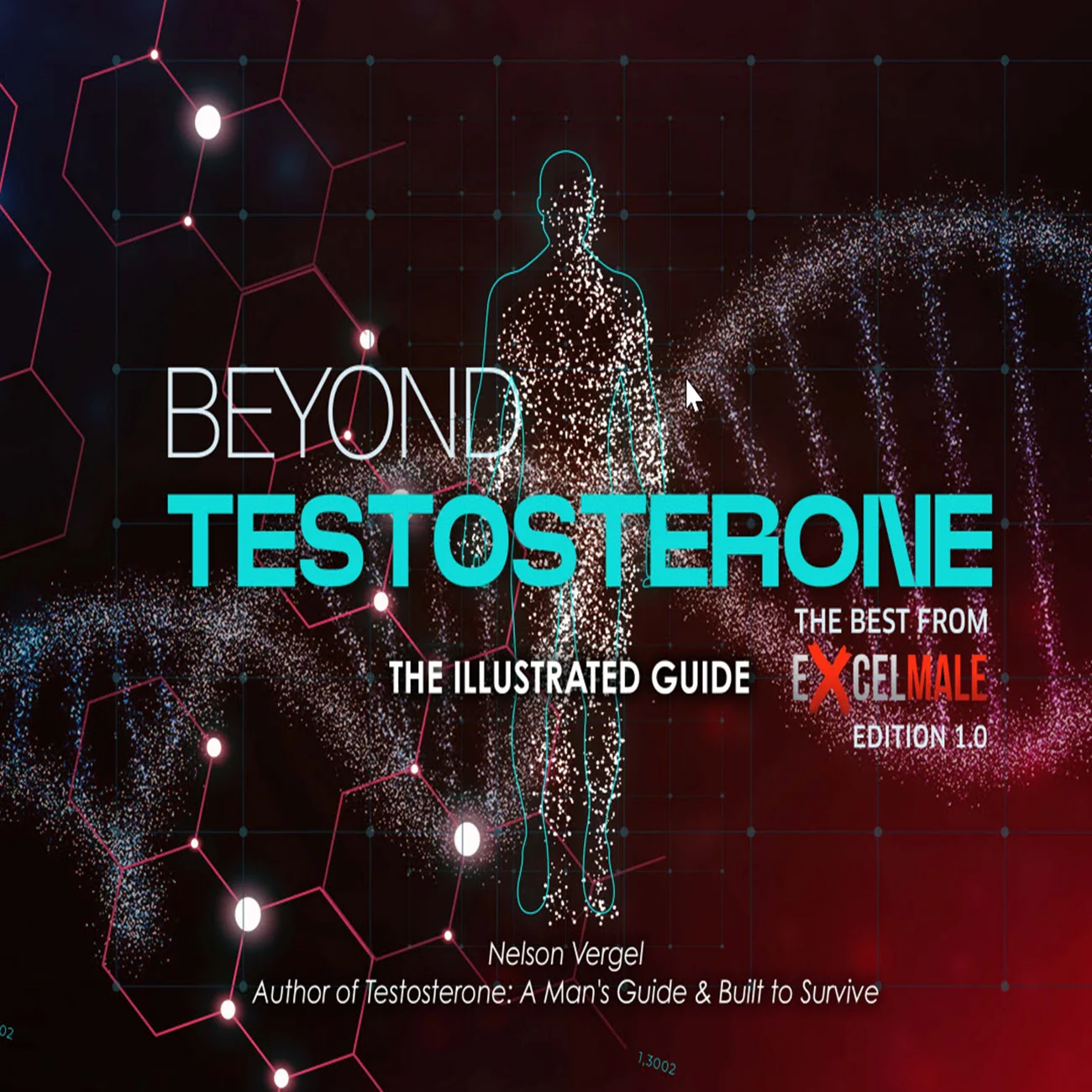Your hematocrit was already above the top-end of the reference range (49-50%) depending on lab used (Lifelabs or Dynacare) pre-TTH so it was a given that it would be driven up much higher when using injectable esterified T especially when running too high a trough/steady-state FT level.
*The Endocrine Society uses a hematocrit threshold of >50% as a relative contraindication to initiating TT and >54% as an indication to discontinue treatment [1].
You are hitting a high trough TT high 900s let alone what is more critical here is your trough FT is high!
Not sure if your labs were done at Dynacare or Lifelabs so I will post the reference ranges for TT/FT.
You are hitting a high trough TT 977.7 ng/dL (33.9 nmol/L)
Lifelabs reference range (Male 8.4-28.8 nmol/L) or Dynacare reference range (Male 7.6-31.4 nmol/L) and more importantly a high trough FT 934 pmol/L
Lifelabs reference range (Male ≤10-49 196-636 pmol/L) or Dynacare reference range (160-699 pmol/L).
Your FT was calculated using the linear law-of-mass action Vermeulen (cFTV).
Also need to keep in mind that your peak TT and more importantly FT will be higher!
Of course you could donate again to try and lower your RBCs, H/H but it will only be a temporary fix and you have already crash your iron/ferritin due to your frequent blood donations.
The simple fix here would be bringing down your trough/steady-state FT!
Keep in mind it will take time for your hematocrit to drop down as the lifespan of RBCs 120 days.
As I have stated numerous times on the forum over the years, patience is key when tweaking a protocol (decreasing/increasing T dose)!
*It has to be noted that the largest increase in hematocrit levels is seen in the first year after initiation of testosterone therapy. On the other hand it is expected that a decrease can take a similar amount of time. Especially when taking into account that the lifespan of a erythrocyte is 120 days. Hence, interventions to lower hematocrit levels should be evaluated after 6 months and a decrease can be expected until 1 year after the intervention.
Look over post #4!
* OSA by itself is believed to cause erythrocytosis via hypoxemia [25]. Combined with TT, it is possible that the effects on erythrocytosis may be compounded, either through higher metabolic requirements with elevated testosterone, changes in response to hypoxia, and physiologic changes to the airways
* Patients with obstructive sleep apnea, advanced age, obesity, type II diabetes mellitus, elevated baseline hematocrit (>50%), and those who live in high altitudes are at higher risk of developing erythrocytosis after TT [32]
* The percentage increase in hematocrit continues to increase in a linear dose-dependent fashion [38]. Side effects of secondary erythrocytosis resulting from hyperviscosity include paresthesias, blurred vision, fatigue, and headaches [39]
*The Endocrine Society uses a hematocrit threshold of >50% as a relative contraindication to initiating TT and >54% as an indication to discontinue treatment [1]. The European Association of Urology (EAU) guidelines on hypogonadism also state that the hematocrit should not exceed 54%, while recent Canadian guidelines cite 55% as the safe upper limit [15, 40]. The AUA guidelines on testosterone deficiency define polycythemia as a hematocrit of 52% and recommend stopping or reducing treatment if the hematocrit reaches 54% [14]
*The upper limit of normal for hematocrit in most laboratory reference ranges in healthy adult males is 54%, which is where this value is likely derived
*The major limitation to using these studies is that they involve population sampling, and do not investigate men on testosterone. Regardless, a hematocrit of ≥54% appears to be the consistent threshold to discontinuing or reducing treatment utilized by major urologic governing bodies, while the evidence for this specific cutoff is lacking
*Therapeutic phlebotomy is one way in which patients may “treat” erythrocytosis. Phlebotomy is a mainstay of treatment in PCV and there are no absolute contraindications [48]
*Phlebotomy is effective in the management of erythrocytosis in patients with PV in reducing thromboembolic events and this benefit may be conferred onto patients with secondary erythrocytosis secondary to TT, though there is no high-quality evidence to support this claim
*There are no evidence-based guidelines that outline the frequency or volume of phlebotomy protocols in patients receiving TT
*Whether or not phlebotomy has a role to play in the management of secondary polycythemia deserves further study
*At this point, phlebotomy appears to be a safe approach to reducing hematocrit but physicians should be aware that it may not be sufficient in reducing hematocrit levels on a long-term basis











